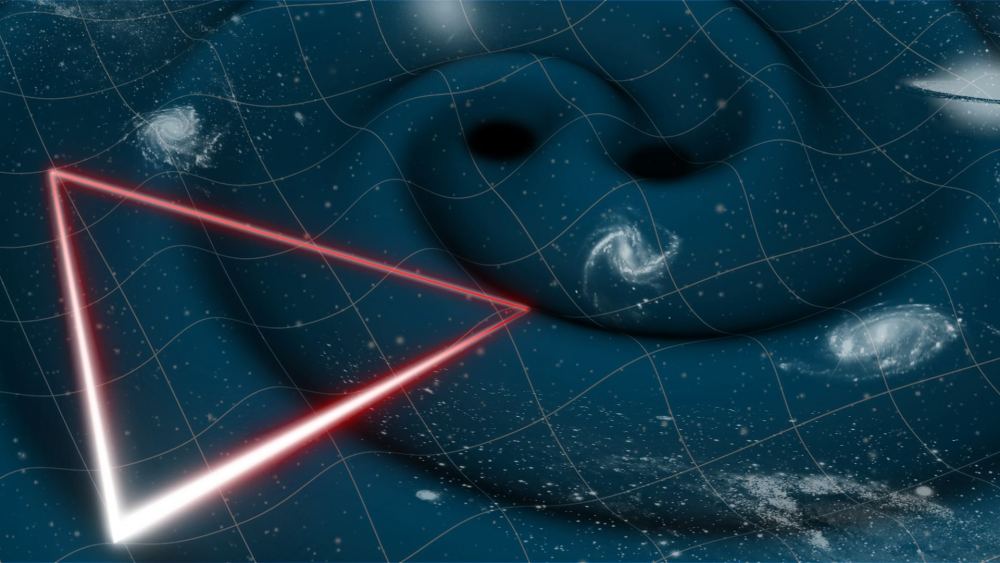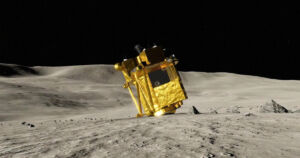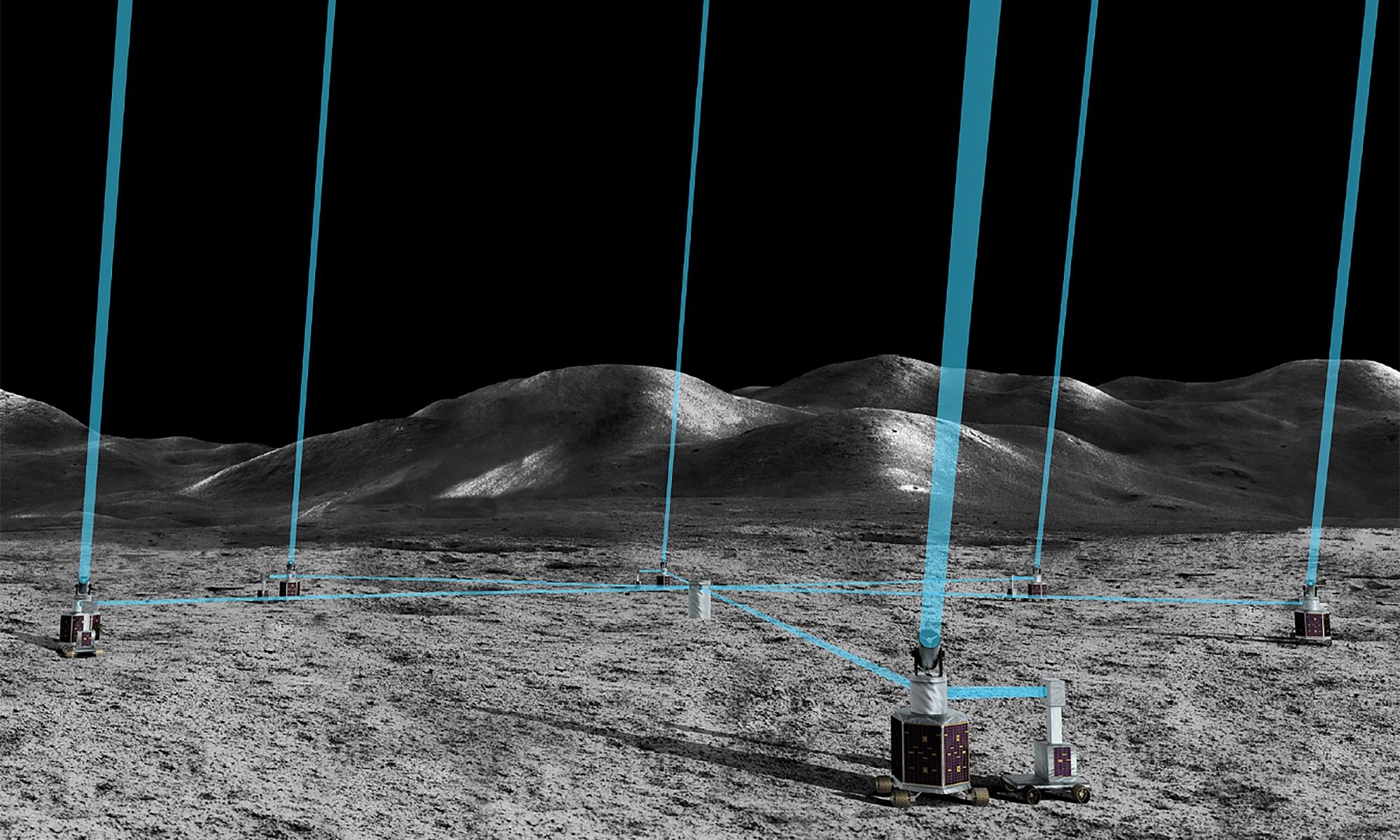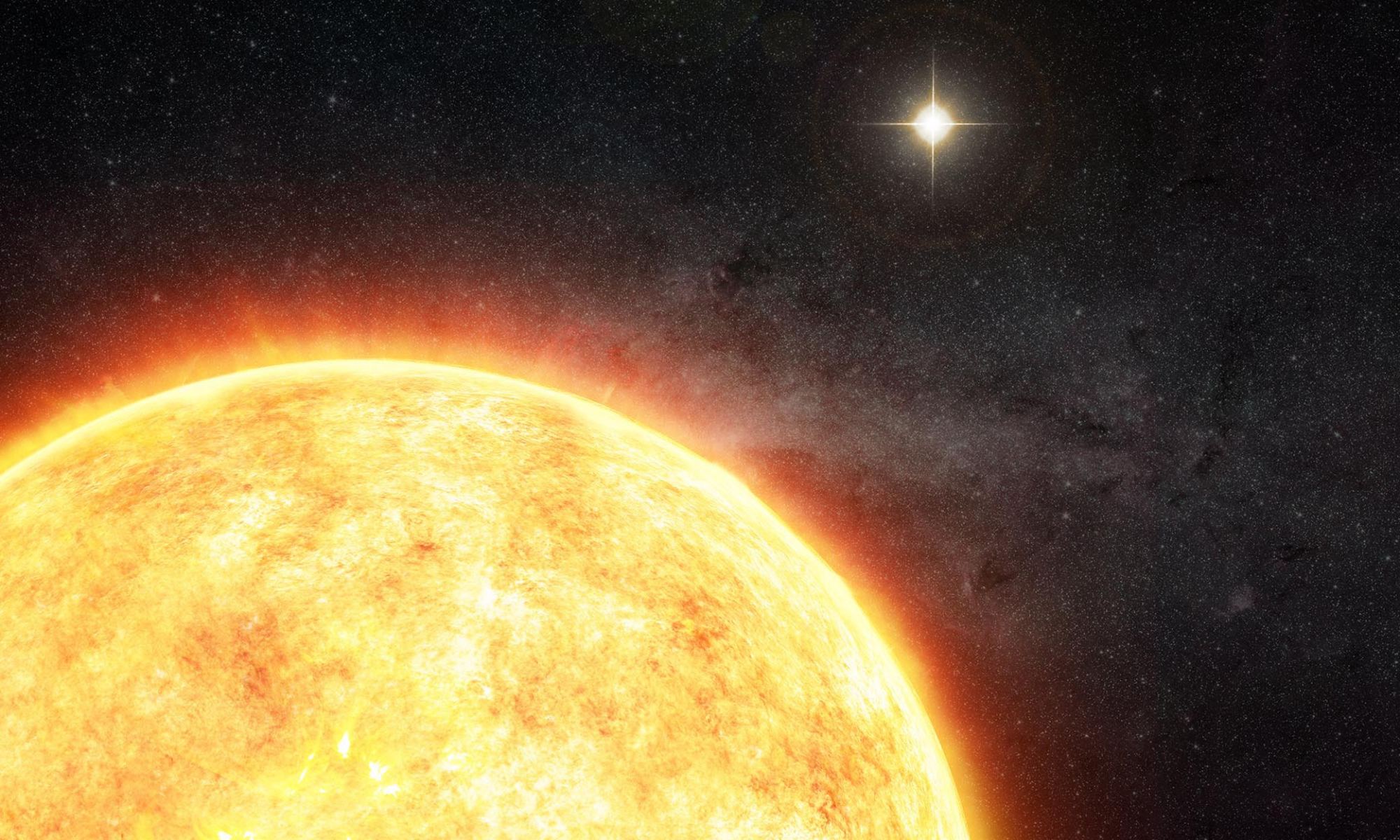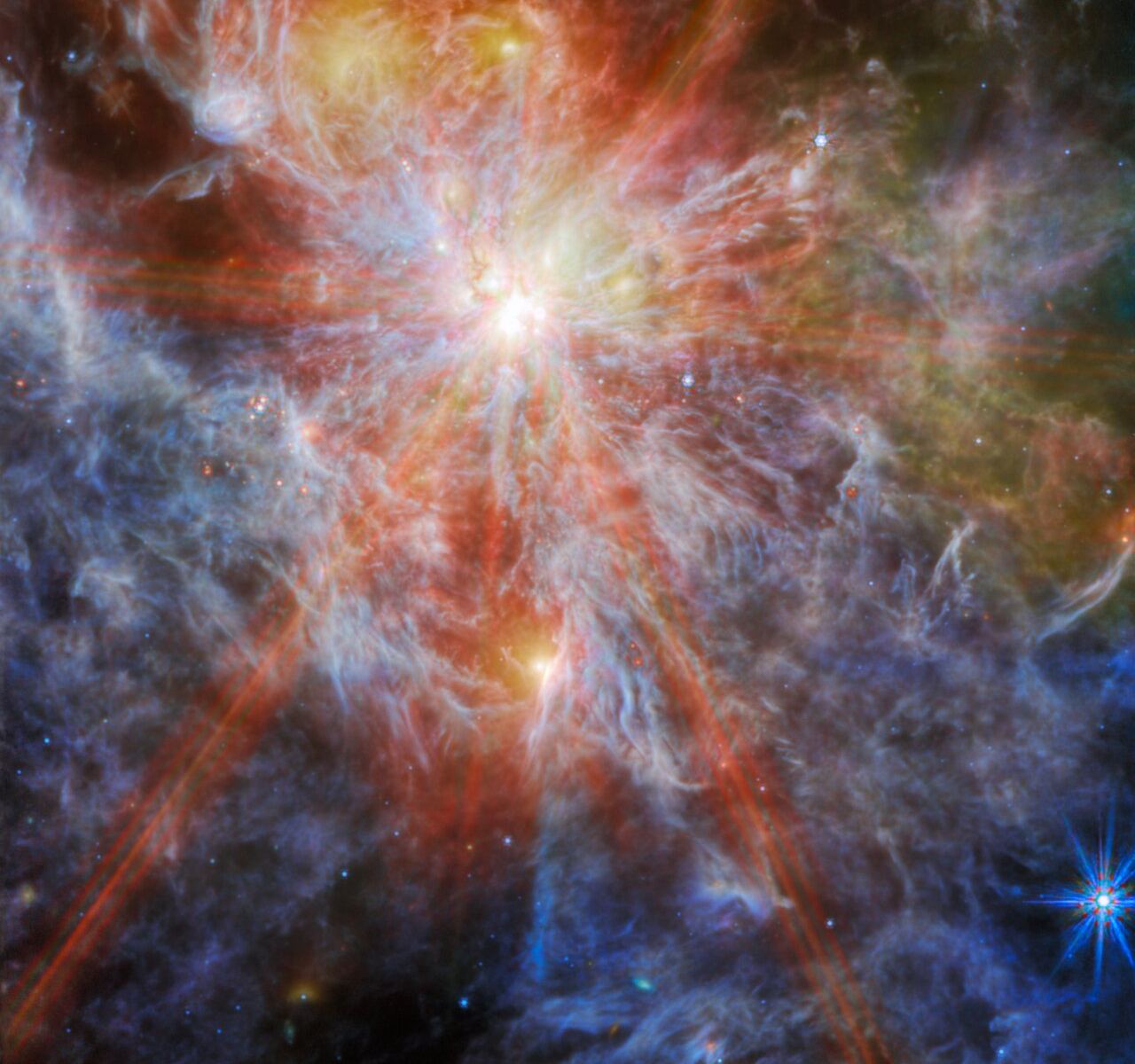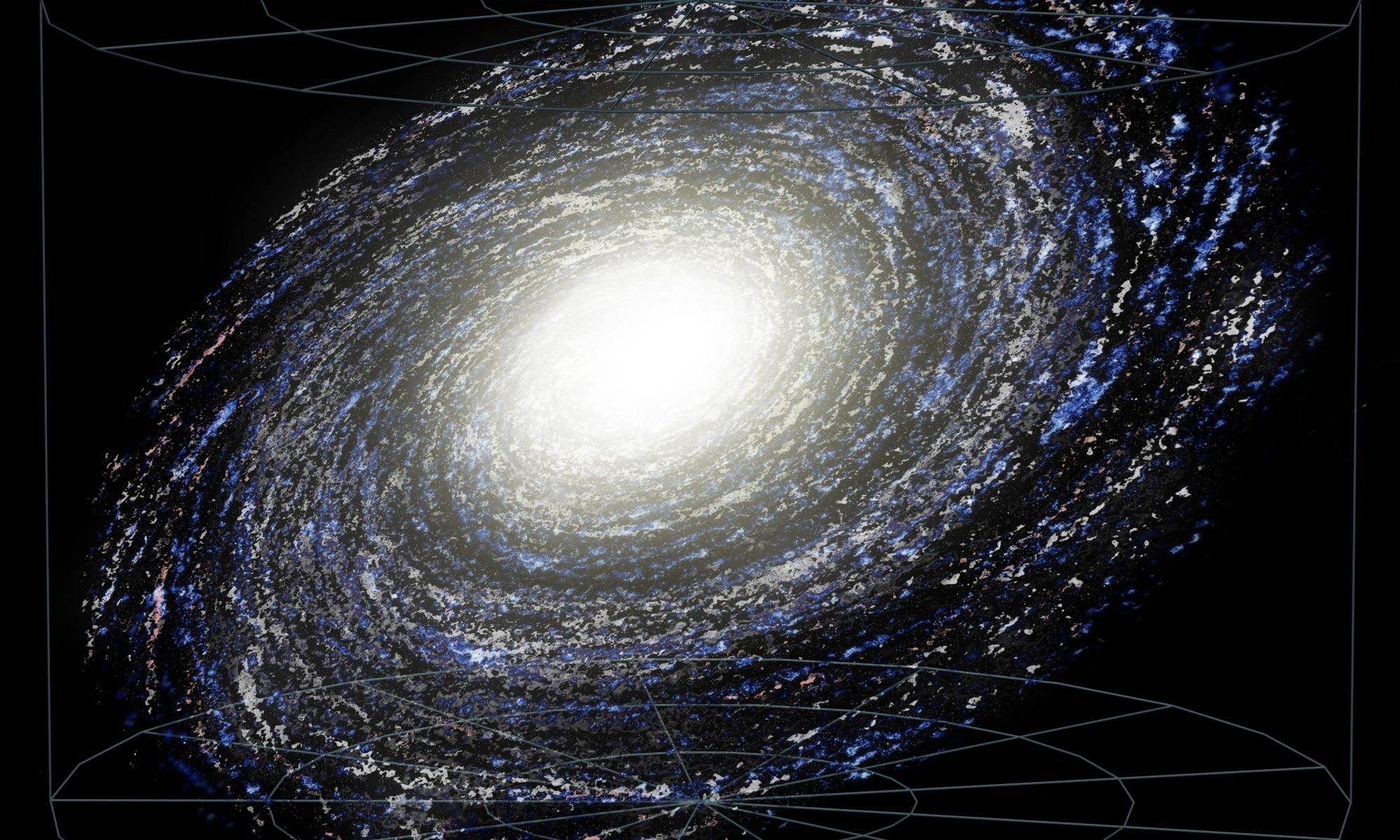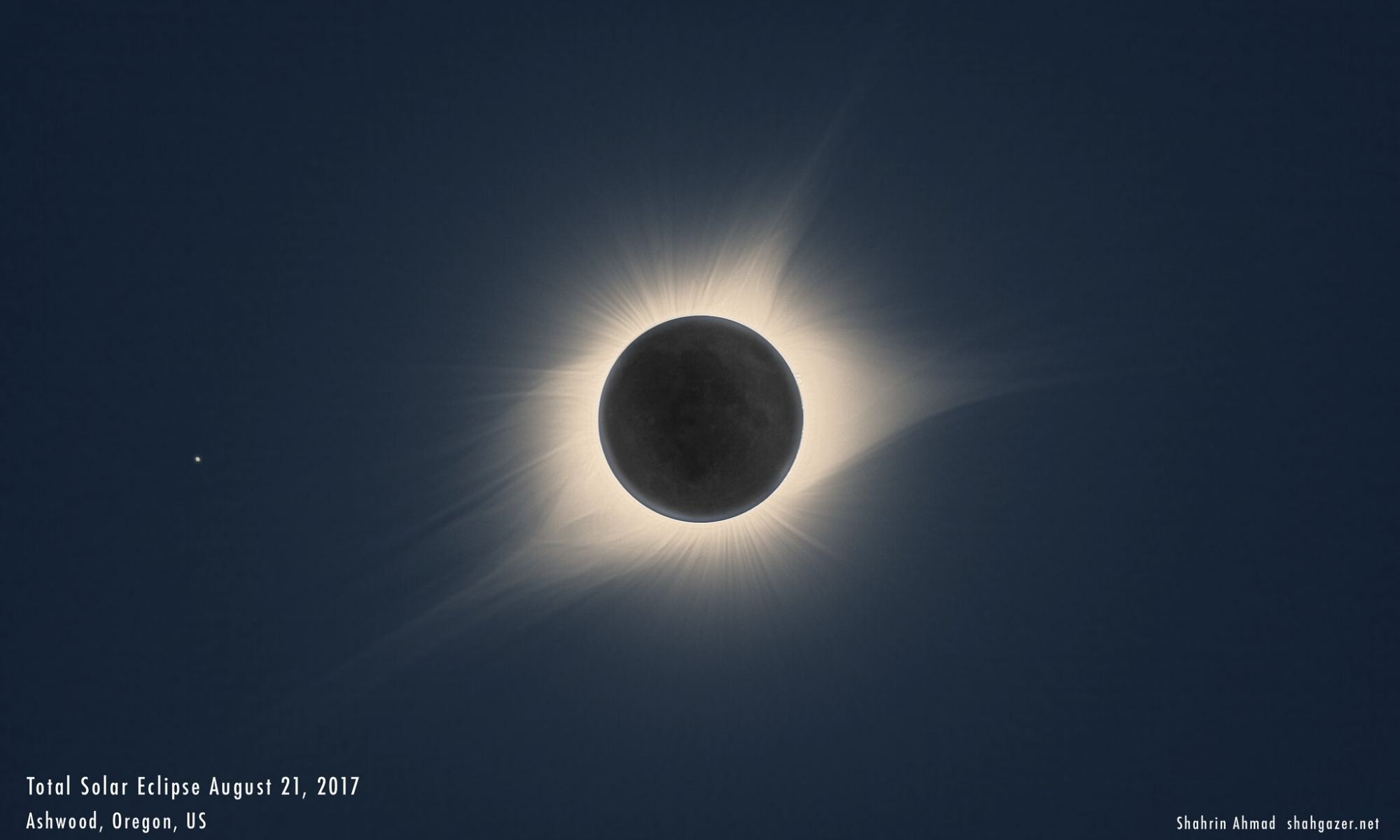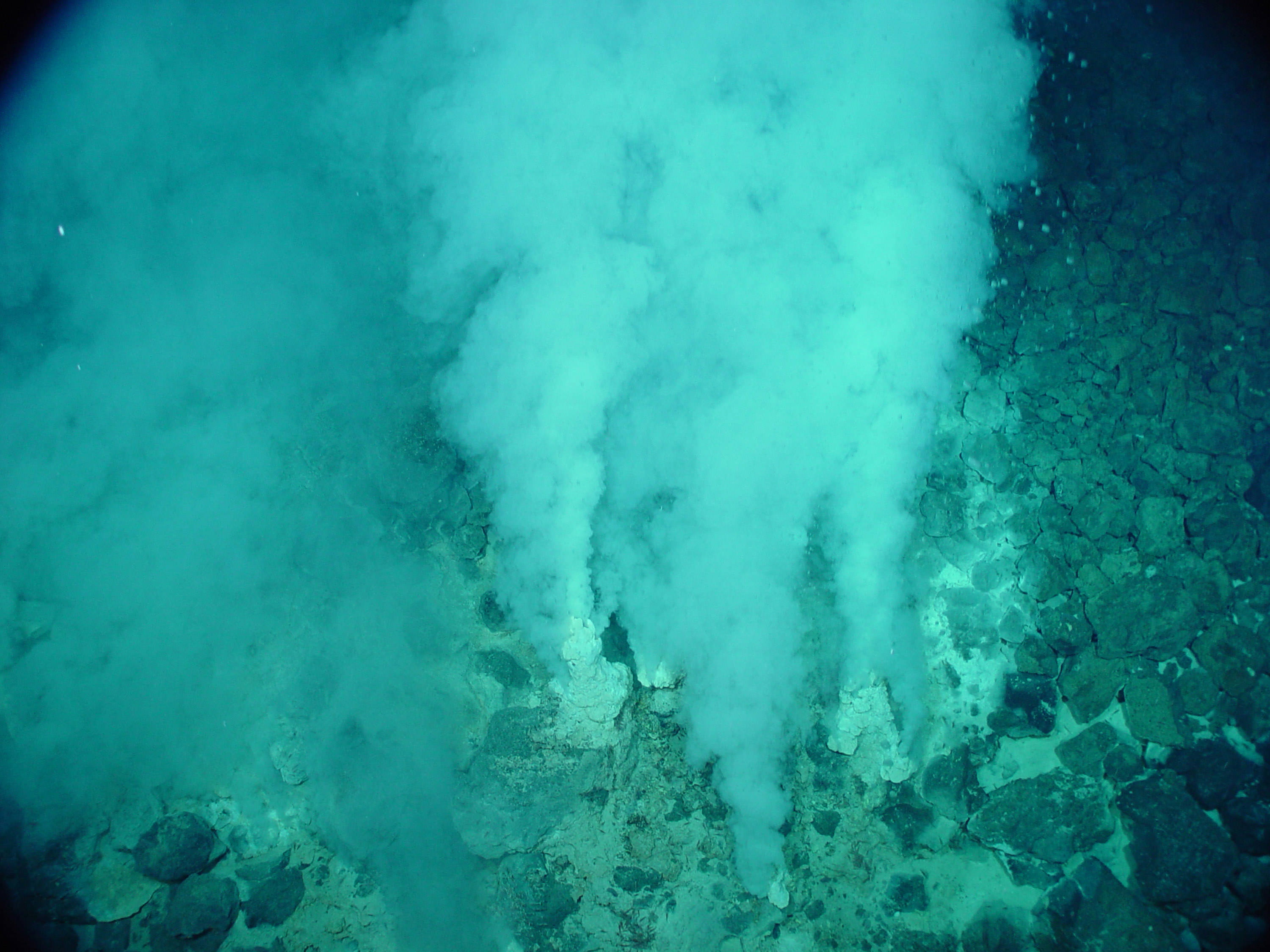The science of studying gravitational waves just got a big boost thanks to the European Space Agency. Its science program committee just approved the Laser Interferometer Space Antenna—affectionately known as LISA—for official planning and building. That means gravitational wave astronomers will take their next steps to capture information about gravity waves from space.
Continue reading “The Space-Based Gravitational Wave Observatory LISA Gets the Green Light”The Space-Based Gravitational Wave Observatory LISA Gets the Green Light
